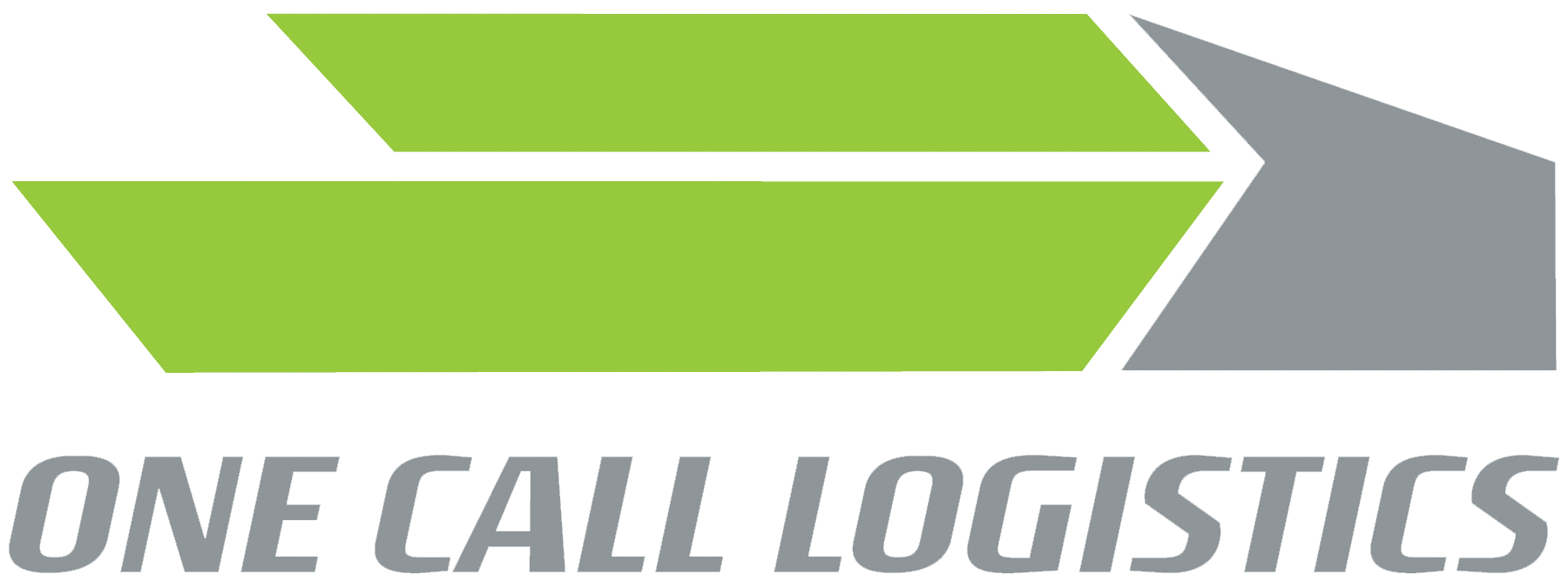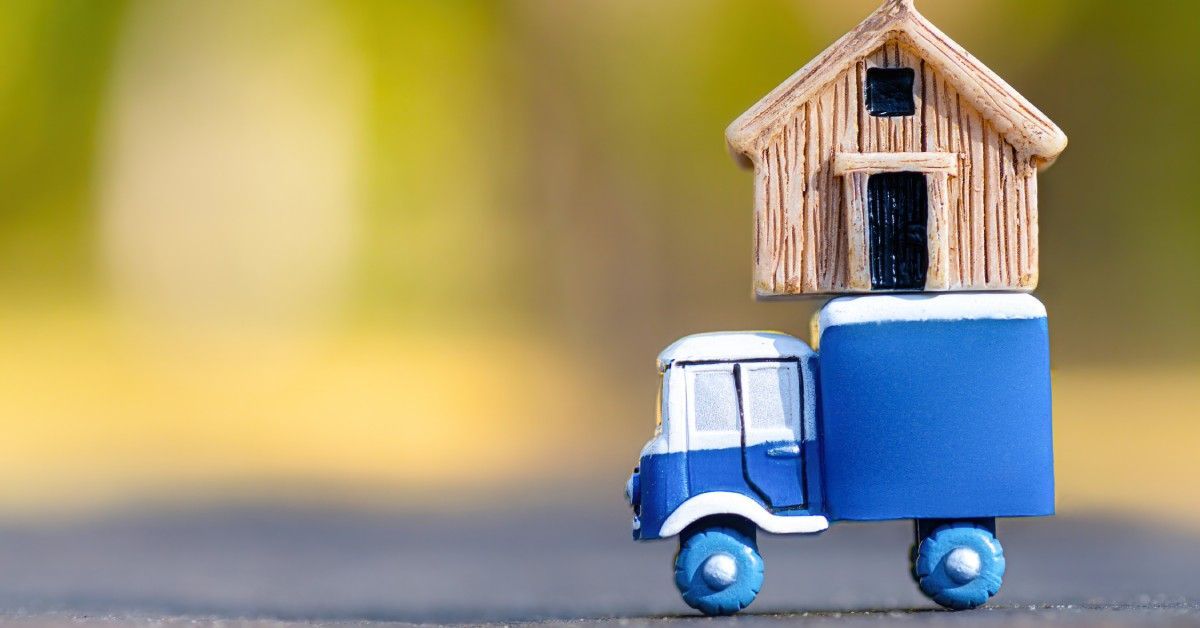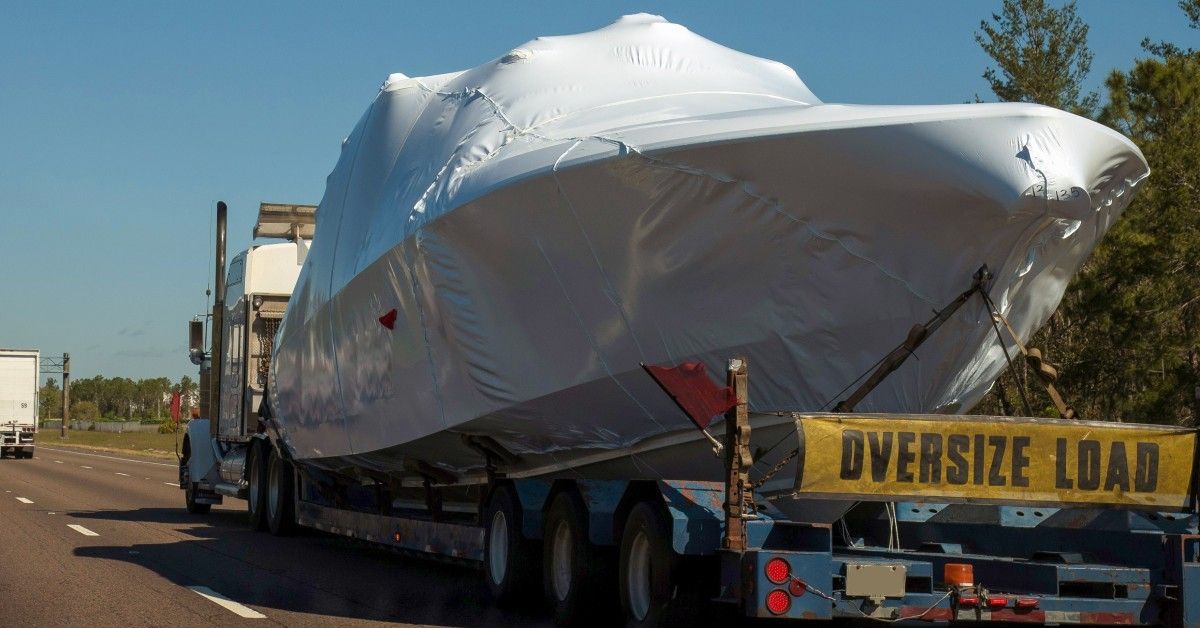Special Considerations for Transporting a Yacht

You’ve just purchased your dream yacht or are preparing to move one to a new location for the season. While the excitement of ownership or relocation builds, it’s important to recognize that transporting a yacht involves far more than simply booking a trailer or arranging boat delivery. It involves navigating a complex set of challenges—from logistics and permits to weather and environmental concerns—that demand careful planning.
To ensure a safe journey, here’s a look at the special considerations for transporting a yacht .
Accurate Measurement Challenges
Measuring a yacht for transport involves more than just length and width. Precise dimensions must include height, beam, draft, and overall weight to ensure safe clearance beneath bridges, power lines, and overpasses. Small miscalculations, such as a few inches off in height, can create significant issues during transit and necessitate detours.
Weight affects both the choice of trailer and the number of axles required to distribute the load evenly. For example, a yacht weighing over 20,000 pounds often requires multi-axle trailers with specialized braking systems. Accurate measurements also help in selecting suitable routes that can support the vessel’s size and weight, avoiding infrastructure damage or transport halts.
Many yacht owners hire professionals to conduct detailed measurements using laser tools or 3D scanning to capture exact profiles. Doing so minimizes risk and streamlines planning, saving days or weeks of adjustment later.
Legal and Regulatory Hurdles
Navigating the legal landscape is the most complex aspect of yacht transport. Oversized load permits are mandatory in nearly every state for vessels exceeding standard size or weight limits. These permits often detail specific travel windows—typically during daylight hours on weekdays—and require coordination with local authorities.
Route restrictions can stem from structural limitations, such as bridge weight capacities or vertical clearances. For instance, some interstate routes prohibit vehicles taller than 13 feet and 6 inches, meaning you must plan alternate paths. Additionally, certain states require pilot cars or escort vehicles to accompany the transport, increasing logistical complexity and costs.
Ensuring compliance involves submitting permit applications at least 10 to 15 business days before the planned move. Failure to comply can result in substantial fines and forced halts that disrupt schedules.
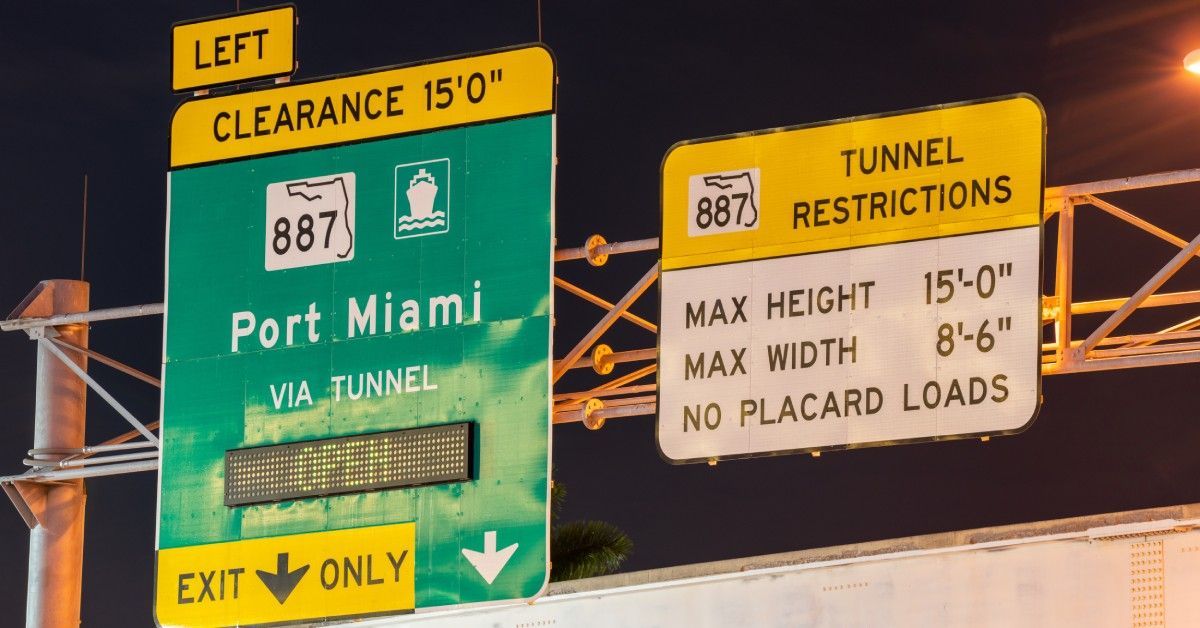
Environmental Regulations and Impact
Transporting a yacht also demands attention to environmental regulations, which vary widely by region. Sensitive habitats, such as wetlands, wildlife refuges, or coastal preserves, often have strict transport rules to minimize ecosystem disturbance.
Emissions standards for transport vehicles may dictate using trucks that meet current EPA clean air regulations, particularly when crossing states with stringent environmental policies. For example, California requires vehicles to comply with CARB emissions rules, which limit the use of certain diesel engines.
Operators must also prevent fuel or chemical spills during loading, transit, and unloading. Using drip pans, spill kits, and trained personnel reduces those risks. Communicating with environmental agencies a month in advance can clarify any additional requirements or restrictions, ensuring full compliance.
Weather and Seasonal Considerations
Weather has a major impact on transporting yachts safely. High winds can destabilize trailers, rain may reduce road traction, and icy conditions drastically increase the risk of accidents. Therefore, transport plans must factor in forecasted weather conditions for the entire route.
Seasonal closures on mountain passes or flood-prone areas may force route changes or timing adjustments. For instance, certain high-altitude roads close from November through April due to snow and ice.
Effective planning includes checking weather forecasts at least three days before departure and having backup dates ready. Transporters often delay moves if sustained winds exceed 25 miles per hour or if road temperatures approach freezing. This flexibility avoids yacht damage and ensures crew safety.
Protecting Structural and Aesthetic Integrity
Yachts require meticulous protection during transport to preserve their high-value finishes and delicate components. Wrapping rails, antennas, and glass surfaces in padded covers shields them from scratches and impacts.
Strapping techniques must secure the vessel without applying pressure to sensitive areas, such as hull windows or teak decking. Using custom cradles and supports distributes weight evenly, preventing warping or damage to the frame.
Moisture barriers and tarps protect against rain or road spray, which could stain polished surfaces or corrode metals. Experienced transport crews conduct detailed pre- and post-move inspections, documenting the yacht’s condition to address any concerns promptly.
Coordination With Marinas and Docking Facilities
When transporting a yacht, the conditions and capabilities of the receiving marina or docking facility play a critical role. Factors such as berth size, water depth, and tidal schedules directly affect whether the yacht can be safely accommodated upon arrival.
Some facilities may have restrictions on delivery times or require advance notice for large vessels. Additionally, limited access to specialized equipment like cranes or ramps can complicate unloading and docking procedures.
Knowing the marina’s operational constraints and physical layout in advance prevents delays and potential damage. For instance, tight maneuvering spaces or narrow channels might require extra care or alternate plans.
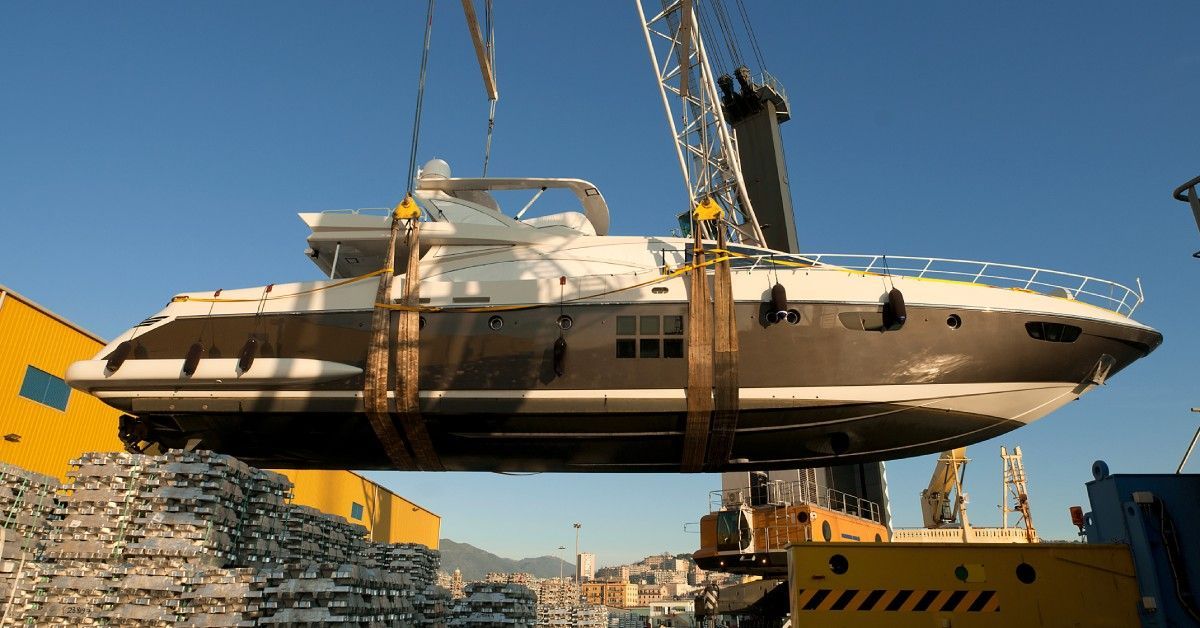
Insurance and Liability Concerns
Yacht transportation carries unique risks that insurance policies must address comprehensively. It’s important to consider coverage specifics such as protection during loading, transit, unloading, and any storage periods. Liability questions may arise regarding damage caused by environmental factors or third parties during the transport process.
Clarifying the scope of insurance coverage early helps you identify potential gaps or exclusions, especially for high-value or vintage yachts. The complexities of maritime and land-based insurance overlap require particular attention to ensure continuous protection. Moreover, understanding who assumes liability at various transport stages is a crucial consideration.
Post-Transport Inspection and Responsibilities
Once the yacht arrives at its destination, a thorough inspection is essential to confirm its condition. Damage can occur despite taking precautions, ranging from minor cosmetic blemishes to more severe structural issues. Documenting the yacht’s state immediately upon delivery helps resolve disputes and informs necessary repairs.
Post-transport responsibilities also include verifying that all systems—such as engines, electrical, and safety equipment—are functioning correctly. Inspections safeguard against latent damage caused by vibrations or shifting during transit. Being proactive about inspections preserves the yacht’s value and ensures ongoing safety.
Choosing the Right Transport Expert
Special considerations for transporting a yacht extend beyond the obvious physical challenges. Planning for environmental regulations, legal compliance, and marina coordination is just as vital as protecting the vessel itself. Addressing insurance complexities and post-transport checks rounds out a comprehensive approach.
Choosing a transport partner with expertise in navigating these variables can ease the process significantly. For reliable, professional boat hauling services , One Call Logistics offers nationwide support. We will make sure your yacht arrives safely and on schedule.
Reach out to experience a seamless transport solution tailored to your yacht’s unique needs.

